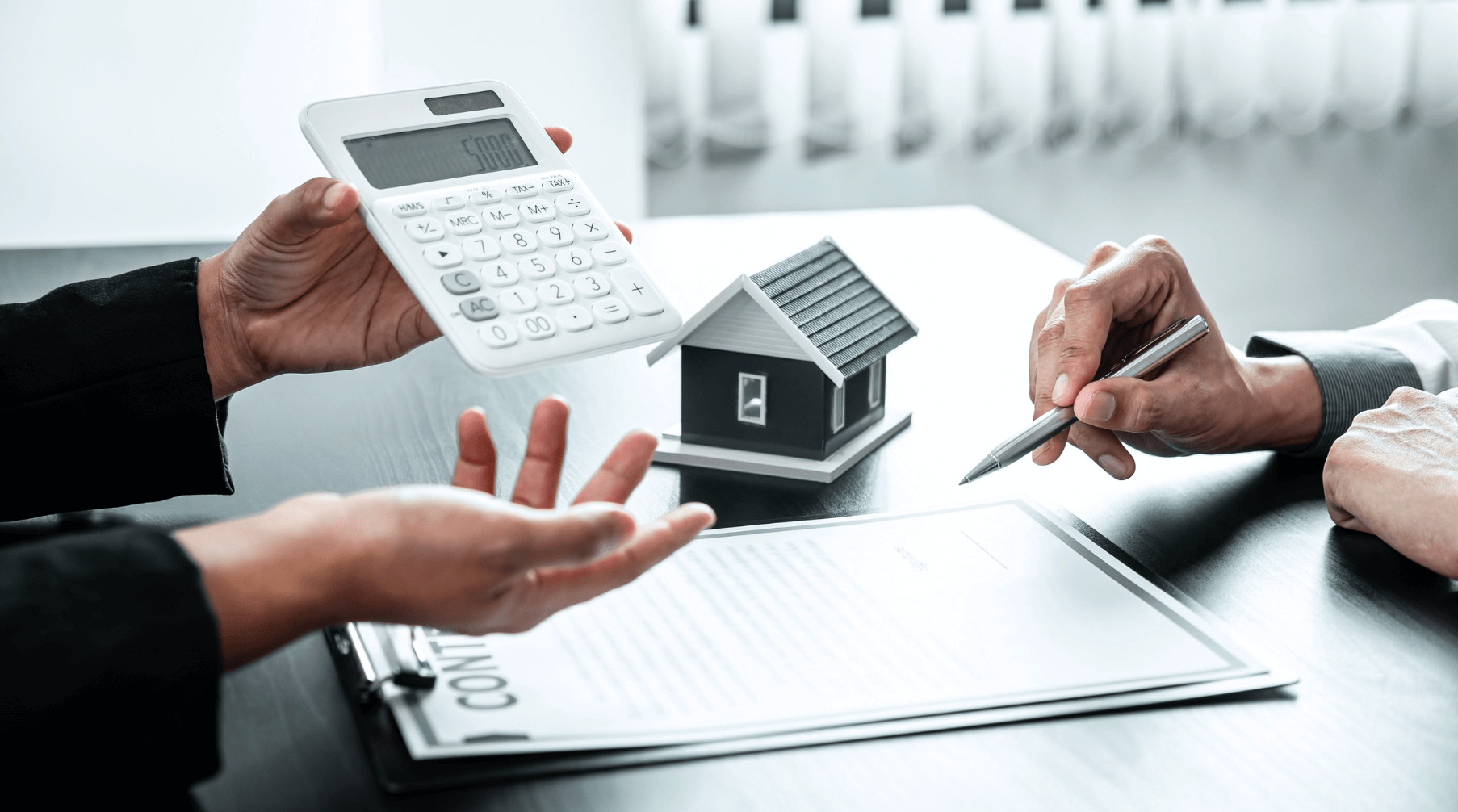How to Build Your Emergency Fund While Paying Off Your Mortgage
Life is full of unexpected surprises, and not all of them are pleasant. Whether it’s a hefty medical bill, a major car repair, or even an unforeseen job loss, these financial hiccups can happen to anyone and often leave us feeling overwhelmed. That’s why building an emergency fund is crucial, especially when you’re also juggling significant debt like a mortgage. An emergency fund is more important than ever, particularly after the rollercoaster that was 2020.
While everyone’s situation is different, having at least $1,000 saved in your emergency fund can make a world of difference. This initial cushion can significantly boost your peace of mind and mental well-being.
Ideally, your long-term goal should be to save at least three months’ worth of living expenses in your emergency fund. Balancing this with paying off your mortgage may seem challenging, but with careful planning, it’s entirely doable. Every small step and every dollar counts towards building your financial safety net.
Here’s a guide on how to create a safety net without sacrificing your home loan repayments.
Understand the Importance of an Emergency Fund
An emergency fund is your financial safety net for life’s unexpected events. Situations like sudden medical expenses, car repairs, or job loss can be incredibly stressful. But with an emergency fund, you can face these challenges confidently, knowing you’re prepared. This backup ensures you can cover unexpected costs without relying on more debt or credit cards, which is especially crucial when paying off a mortgage.
By setting aside funds for emergencies, you protect yourself from financial setbacks while continuing to pay off your mortgage. Here are a few benefits of having an emergency fund while managing a mortgage:
- Reduced Stress: Knowing you have a cushion in place helps reduce stress and allows you to focus on other financial goals, such as paying off your mortgage.
- Avoiding Debt: Without an emergency fund, you might end up using credit cards to manage unexpected expenses, which can lead to more debt.
- Mortgage Security: If a job loss or other significant event impacts your ability to make mortgage payments, you can use your emergency funds to keep up with your instalments.
Determine How Much You Need in Your Emergency Fund
The amount you should maintain in your emergency fund depends on your financial situation and living expenses. A common rule of thumb is to save at least 3-6 months’ worth of living expenses. This ensures you have enough money to cover basic costs during a crisis. Here are some key factors to consider when determining the right amount:
- Mortgage Payments: If you’re a homeowner, your mortgage repayment is likely your most significant expense. In case of financial instability or job loss, you should aim to have at least 3-4 months’ worth of mortgage payments saved.
- Basic Living Costs: Basic living costs depend on family size and lifestyle. Include essential expenses such as utilities, groceries, insurance, and transportation.
- Home Maintenance or Repairs: As a homeowner, you must keep your home well-maintained. You may face unexpected expenses related to your property, such as repairs or appliance replacements.
- Job Stability: If you have an unpredictable income, it might be wise to aim for a higher emergency fund target, such as six months or more.
By tailoring your emergency fund to cover these essential costs, you provide peace of mind and sufficient protection against unexpected financial stress.
Prioritise Both Savings and Debt Payments
Savings and mortgage payments should go hand in hand because both are essential for maintaining a healthy financial status. Adopting a strategy that allows you to focus on both goals without compromising one over the other is crucial. Here are some practical approaches:
Follow the 50/30/20 Rule
This popular budgeting method suggests allocating:
- 50% of your income to essentials like mortgage, utilities, and groceries.
- 30% to non-essentials like dining out or entertainment.
- 20% to financial goals, including savings for your emergency fund and debt repayment.
By following this approach, you can make steady progress toward building your emergency fund and pay off your mortgage seamlessly.
Create a Savings and Debt Payment Balance
You don’t have to choose between savings and debt payment—both are equally important. Start by setting aside a small but consistent portion of your income for your emergency fund while continuing to make mortgage payments. Even $50 or $100 a month can grow over time without significantly affecting your ability to manage debts.
Cut Back on Non-Essential Spending
Consider cutting down on non-essential expenses to speed up your emergency fund growth. This could include dining out less, consciously shopping, or reducing entertainment costs. You can treat yourself occasionally once you reach a sufficient amount in your emergency fund.
Tackle High-Interest Debt First
If you have additional debts besides your mortgage, especially high-interest ones like credit card balances, consider prioritising them first. Paying them off faster will free up more funds that can be allocated to both savings and mortgage repayments.
Automate Your Savings
One of the easiest ways to build your emergency fund while managing your mortgage is by automating your savings. This simplifies the process and removes the temptation to skip months, ensuring consistent contributions to your emergency fund.
Set Up Automatic Transfers
Free yourself from the hassle of manually transferring money to your savings account. Small amounts like $50 or $100 per month can add up over time. Since the transfer happens automatically, you won’t need to consider it or risk forgetting to save.
Choose a High-Interest Savings Account
Direct the automated transfers to a high-interest account to maximise your savings. This helps your emergency fund grow faster through compound interest, even if you contribute small amounts.
Align Transfers with Payday
Sending money to savings every month can be challenging. Set up your automated transfers on the same day you receive your paycheck to make it easier. This ensures you save before you have the chance to spend, keeping you on track with your financial goals.
Adjust Contributions Over Time
Consider increasing your automated payments as your financial situation improves, such as receiving a raise or paying off other debts. This incremental adjustment can help you build your emergency funds faster without affecting your lifestyle.
Reassess and Adjust Your Budget
Maintaining and increasing your savings while balancing mortgage payments requires regularly reassessing your budget. Spending habits and financial goals change over time, so reviewing your budget helps you stay on track while building your emergency fund. Here’s how to do it effectively:
Track Your Expenses
Begin by tracking your monthly expenses to identify areas where you might be overspending. This could include extra groceries, dining out, or subscriptions you no longer use. Redirecting this money to your emergency fund can make a significant difference.
Cut Back on Non-Essentials
Until your emergency fund is fully established, look for ways to reduce non-essential spending. Small changes like preparing meals at home, opting for free or low-cost entertainment, or avoiding unnecessary shopping can help you build your fund faster.
Negotiate Bills and Lower Costs
To save money, try negotiating with service providers for better rates on things like internet, phone, or insurance. Even small savings can add up significantly over time.
Reallocate Funds to Savings
Once you’ve identified areas to cut back, redirect those freed-up funds toward your emergency fund. This ensures that you’re consistently building your safety net.
Review Your Progress Regularly
Make it a habit to review your budget to ensure no leaks in your financial plan. This allows you to track progress on your emergency fund and make further adjustments as needed.
Use Windfalls to Boost Savings
Whenever you receive extra money, such as a tax refund or bonus, consider putting a portion into your emergency fund. These lump sums can give your savings a significant boost without affecting your daily life and mortgage payments.
Avoid Using Your Emergency Fund for Non-Essentials
Once you’ve built your emergency fund, it’s essential to keep it for its intended purpose. Avoid the temptation to dip into it for non-urgent expenses or pay your mortgage faster. An emergency fund is only effective if it’s available during times of genuine financial hardship.
Increase Your Savings Over Time
As you continue paying off your mortgage and gain more financial stability, gradually increase your contribution to your emergency fund. Even after reaching your emergency fund goal, continue to add to it. Tough times don’t come with a warning, so it’s better to have sufficient funds to weather any storm.
Final Thoughts
Building an emergency fund while paying off your mortgage is all about striking the right balance between the two. By creating a clear plan, automating your savings, and adjusting your budget, you can secure your future without compromising your ability to make mortgage payments. A well-maintained emergency fund helps you survive financial crises and provides peace of mind while managing unexpected costs.
Need personalised advice on managing your mortgage and building an emergency fund? Our expert home loan strategists are here to help you navigate your financial journey with tailored solutions that suit your unique situation. Contact us today to schedule a consultation and take the next step towards your lending goals.
** General Advice Warning
The information provided on this website is general in nature only and it does not take into account your personal needs or circumstances into consideration. Before acting on any advice, you should consider whether the information is appropriate to your needs and where appropriate, seek professional advice in relation to legal, financial, taxation, mortgage or other advice.




